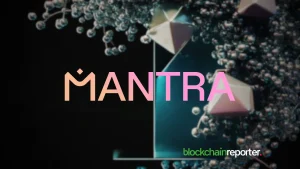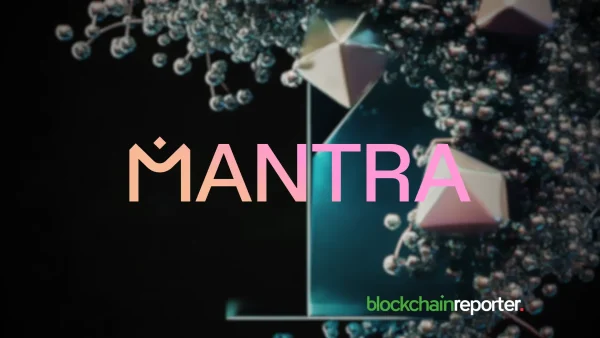
The EOS Network Foundation has announced the launch of Antelope Spring Beta-1 on testnet, marking a significant upgrade from its predecessor, Antelope Leap 5. This new version promises to elevate blockchain performance, security, and community engagement with its innovative features.
The EOS Network is a third-generation blockchain platform powered by the EOS VM, a high-performance WebAssembly engine designed for near-feeless transactions. It is built to provide optimal Web3 user and developer experiences. EOS serves as the flagship blockchain and financial hub of the Antelope framework, promoting multi-chain collaboration and public goods funding through the EOS Network Foundation (ENF).
Key Innovations in Antelope Spring 1.0
Antelope Spring 1.0 introduces the Savanna consensus algorithm, which ensures that blockchain transactions achieve finality much faster—over 100 times quicker than previous versions. This enhancement boosts user experience and network throughput. Additionally, Savanna’s robust design significantly strengthens the EOS ecosystem’s security, making it more resilient to potential vulnerabilities.
Moreover, the latest version incorporates aggregate BLS signatures, enabling rapid transaction verification in milliseconds. This advancement is crucial for developing zero-knowledge proof systems, which further enhance privacy and security across the EOS Network. These cryptographic improvements support more secure and private transactions, setting new standards for blockchain privacy and security.
Antelope Spring 1.0 also redefines the traditional Block Producer role by splitting it into Block Proposers and Block Finalizers. Block Proposers organize transactions into proposed blocks, while Block Finalizers endorse these proposals, ensuring the integrity and finality of the blocks. This restructuring aims to decentralize network governance, improve operational efficiency, and enhance network safety and predictability. It also facilitates inter-blockchain communication and allows third parties to monitor and verify network health without participating directly in transaction creation.
Furthermore, the new version reinforces EOS’s community-driven ethos, showcasing the network’s capability to effectively integrate sophisticated consensus mechanisms. Supported by robust technical infrastructure and collaborative efforts from EOS Network node operators, Antelope Spring 1.0 ensures a seamless transition and sets new benchmarks in speed and security.
Bridging Ecosystems with EOS EVM
The EOS EVM, an emulation of the Ethereum EVM within an EOS smart contract, offers unmatched speed, performance, and compatibility. It connects the EOS ecosystem to Ethereum, allowing developers to deploy Solidity-based digital assets and dApps on EOS. This enables developers to utilize Ethereum’s extensive open-source resources while benefiting from EOS’s superior performance.
Established in 2021, the EOS Network Foundation (ENF) is dedicated to fostering a prosperous and decentralized future. Through stakeholder engagement, community programs, ecosystem funding, and support of open technology, the ENF is transforming Web3. It serves as the central hub for the EOS Network, offering a suite of stable frameworks, tools, and libraries for blockchain deployments, and spearheading innovations for a stronger future.









